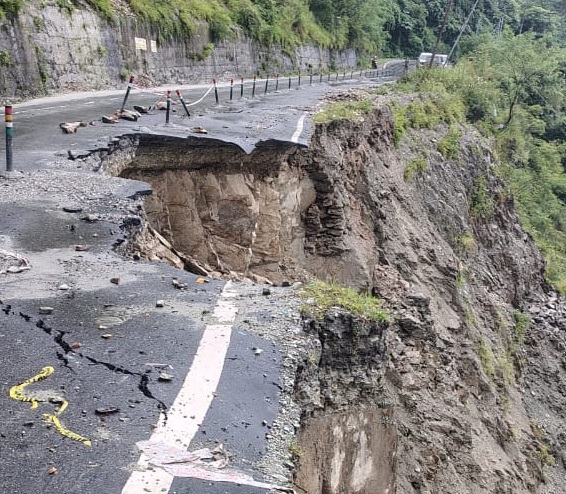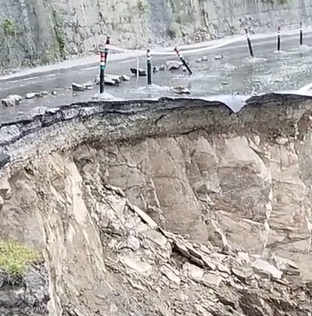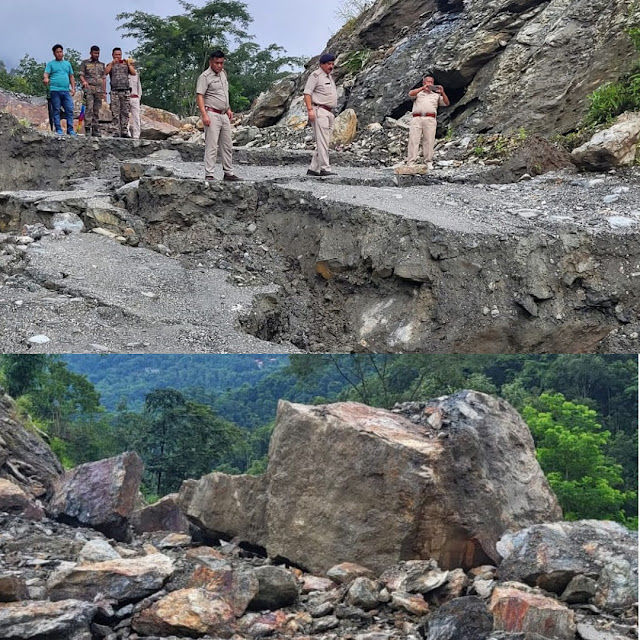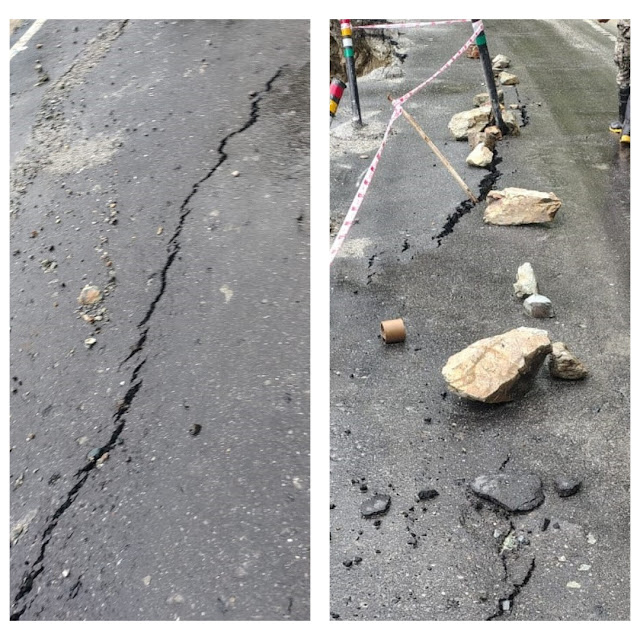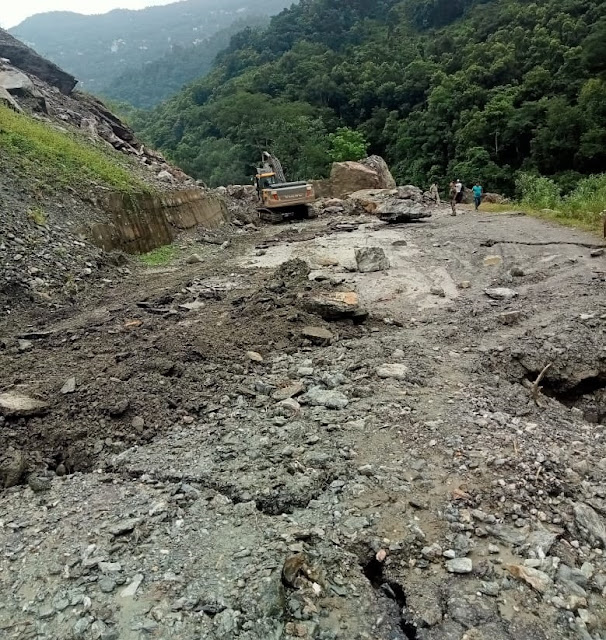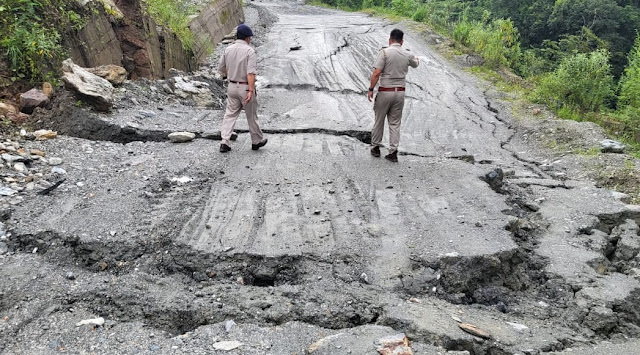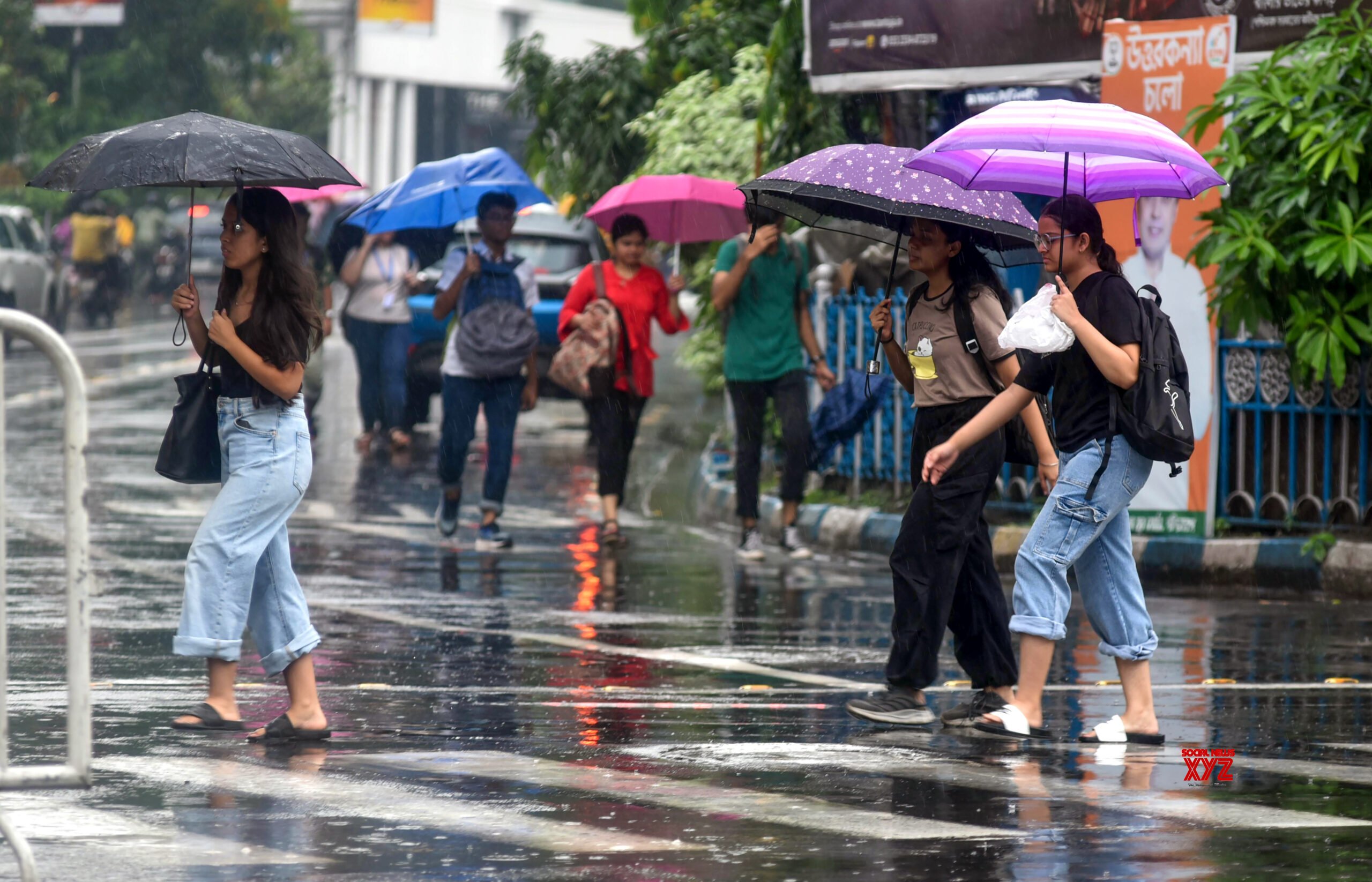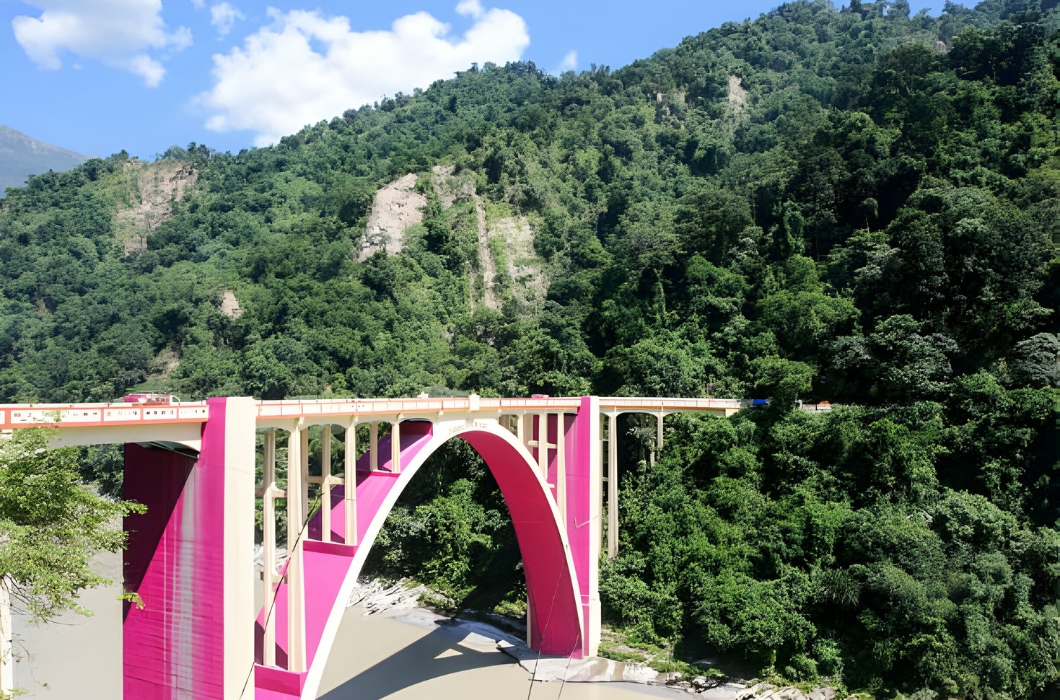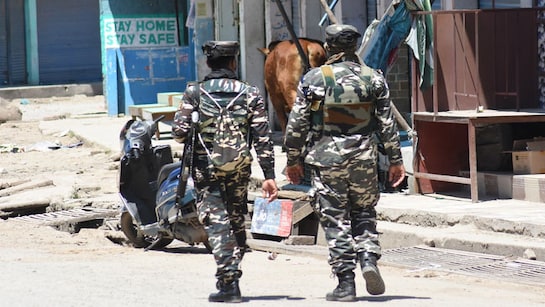The closure has had a crippling effect on transport, trade, and daily life, particularly for commuters, residents, students, and tourists who rely on NH-10, which is often dubbed the “lifeline of Sikkim and Kalimpong.”
Authorities stressed that the decision was a precautionary measure to avoid any major accidents and allow emergency teams to assess damage and execute temporary repairs. The stretch will only reopen following comprehensive safety evaluations and restoration efforts. Joint inspection teams comprising local administration, emergency services, and road and transport departments are already on the ground.
To offer limited mobility, three alternate mountain routes have been designated for small vehicles and light passenger traffic:
-
Siliguri → Jorebunglow → Teesta Bazaar → Rangpo → Gangtok
-
Siliguri → Sevoke → Damdim → Gorubathan → Lava → Algarah → Rangpo → Gangtok
-
Siliguri → Sevoke → Bagrakote → Lava → Algarah → Rangpo → Gangtok (via NH-717A)
However, these winding and narrow hill roads are ill-suited for heavy volumes, and travellers have been urged to exercise extreme caution. All heavy vehicles have been barred from operating between Sikkim and Kalimpong.
The situation on the ground continues to deteriorate. A fresh landslide at Tarkhola on August 2 disrupted connectivity between Kalimpong and Sikkim for nearly five hours, further choking the region’s already fragile mobility. Road cracks and caving at Setijhora have narrowed the highway dangerously, with about one-third of the stretch sinking into the Teesta river.
Several key points have now become critical flashpoints, including:
-
Setijhora (NH-10): Structural crack and erosion; closed to heavy vehicles
-
Kataray (Lava Road): Landslide blockage; impassable for larger transport
-
Rishi Road (Pedong–Rishi–Sikkim): Fully blocked due to successive landslides
-
Rangpo–Siliguri (via Munsong–Lava–Gorubathan): Severely disrupted
-
Rangpo–Melli: Open but partially functional
The Teesta River’s shifting course has compounded the crisis. In Totgaon village of Jalpaiguri’s Malbazar block, 43 families were evacuated on Sunday as the river, once 2 km away, has now crept perilously close, having already claimed 15 homes in 2023 after the Sikkim glacial lake outburst flood. Local residents are dismantling their own homes amid panic.
“We’re dismantling our homes and relocating to Sundari Basti with temporary support from the administration,” said Sushanta Sharma, a displaced villager.
Officials confirm the situation is under surveillance, but protective measures are falling short.
“Despite efforts, the Teesta’s flow remains uncontrollable,” said Krishnendu Bhowmik, Chief Engineer of the Northeast Irrigation Division.
Meanwhile, Cooch Behar town witnessed extensive waterlogging over the weekend. Continuous rainfall submerged major areas including Rajbari Gate, Suniti Road, Hazra Para, and the Mini Bus Stand, though the water later receded.
Experts have long warned of NH-10’s vulnerability due to flawed construction and poor hydrological planning.
“Natural tributaries that once drained freely into the Teesta were blocked during highway expansion. Now, even moderate rains result in water overflow and landslides,” said a regional geologist.
Recurring slippages, erosion, and hydropower-induced fluctuations in Teesta’s water level continue to undermine the structural integrity of NH-10, despite its transfer to central agencies like NHIDCL.
The regional Met department has forecast more rain until August 5, especially over Gangtok, Namchi, Mangan, Soreng, Pakyong, Jalpaiguri, Kalimpong, and Alipurduar. Authorities are now strongly advising against non-essential travel.
The consequences of this ongoing disruption are far-reaching, tourists have been left stranded as several travel itineraries have either been abruptly cancelled or rerouted, causing immense inconvenience, financial strain, and confusion among visitors and tour operators alike.
Traders and transporters are grappling with serious interruptions in the supply chain, resulting in delayed deliveries, loss of perishable goods, and halted business operations across the region. Students and daily commuters, particularly workers who travel between the hills and the plains for employment or education, are unable to reach their destinations, leading to disrupted academic schedules and financial hardship for families dependent on daily earnings.
Efforts to clear the debris and repair the highway are underway, but challenges are mounting due to the constant rainfall. Earthmovers have been sent to clear Kataray, while minor restoration work has begun at Setijhora. Police and disaster response units remain on alert.
Amid the escalating crisis, Sikkim’s Lok Sabha MP Indra Hang Subba met Union Transport Minister Nitin Gadkari on Friday, urging the construction of a greenfield highway between Sevoke and Melli on the opposite bank of the Teesta. This proposed route would act as a strategic and flood-resilient alternative to NH-10, ensuring uninterrupted access during natural calamities.
“The riverbed has risen by 14 metres in some areas due to debris from the 2023 floods, posing continuous threats to life, infrastructure, and economic activity,” Subba stated.
Despite past proposals for alternative corridors via Balason or Gorubathan, progress remains minimal. Locals, experts, and officials alike are now demanding a future-proof infrastructure overhaul to break the cycle of seasonal collapse, displacement, and disruption.
Until then, NH-10 remains both a vital artery and a fragile lifeline, exposed to the forces of nature and the consequences of shortsighted planning.


